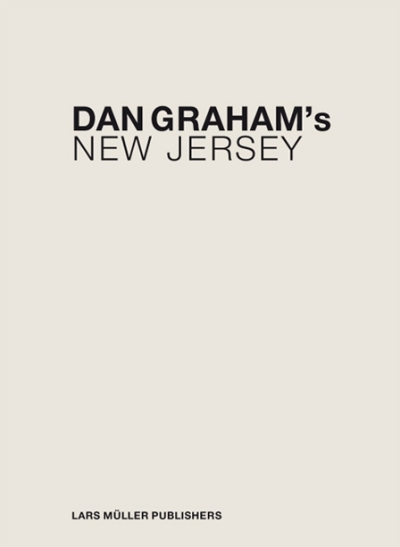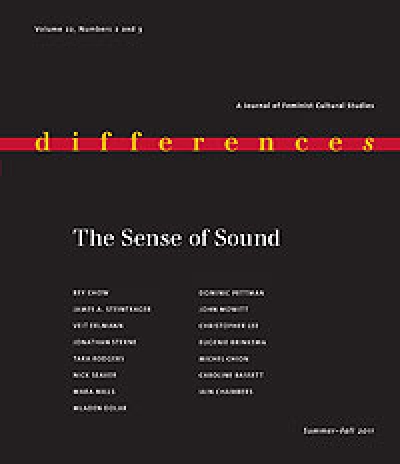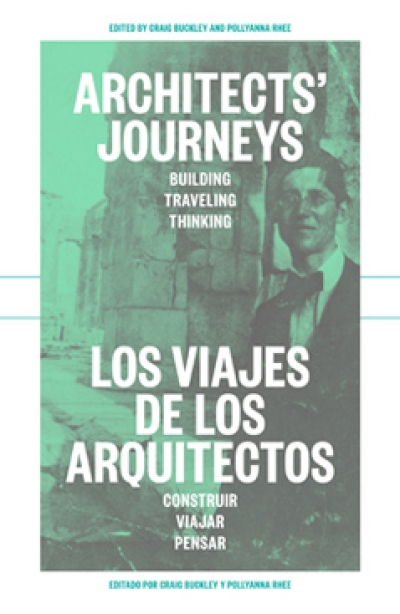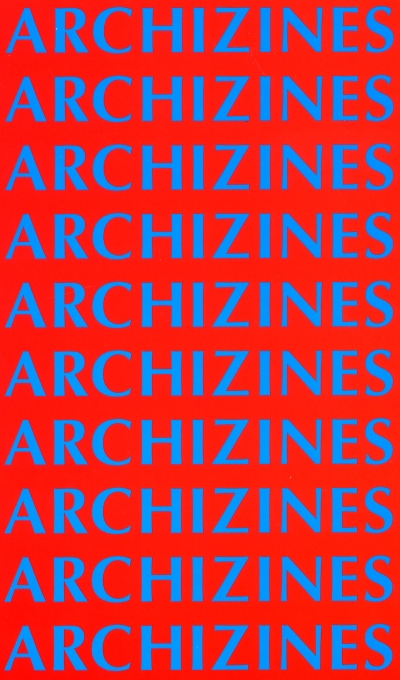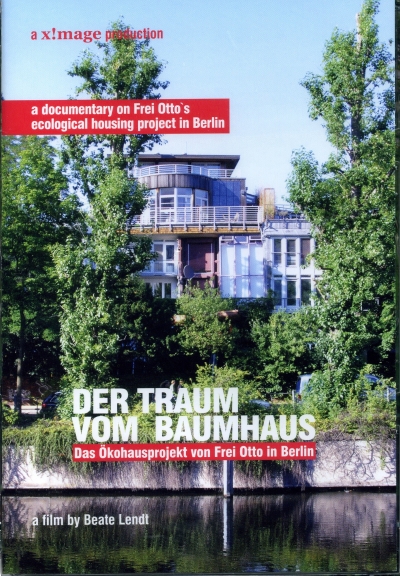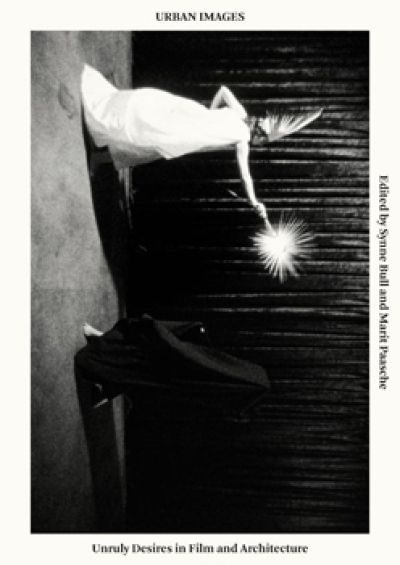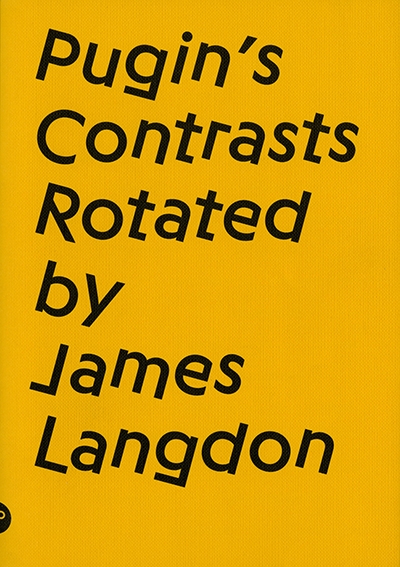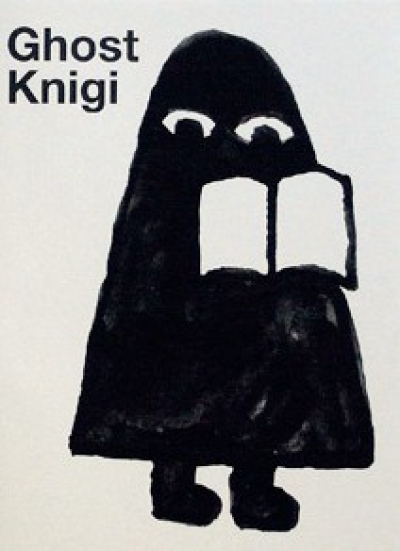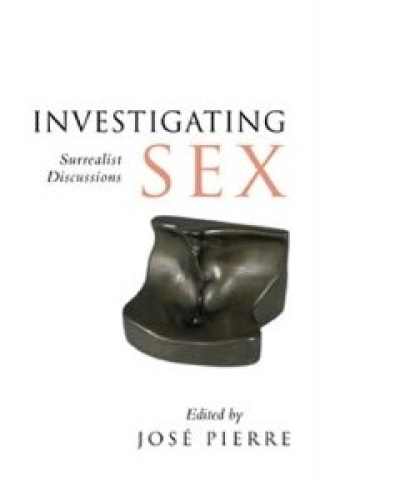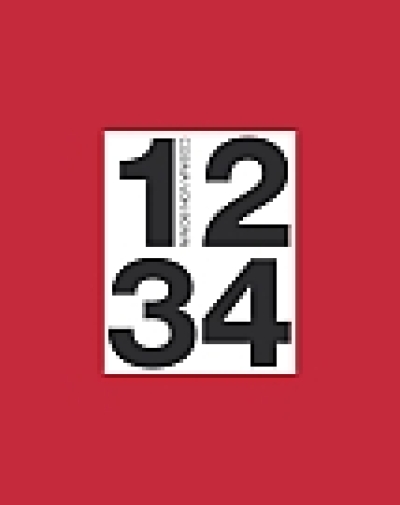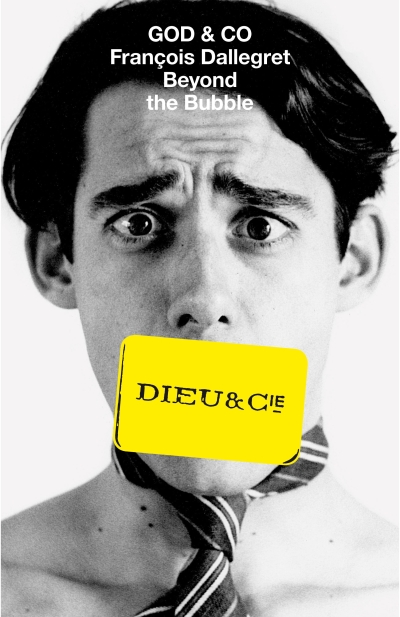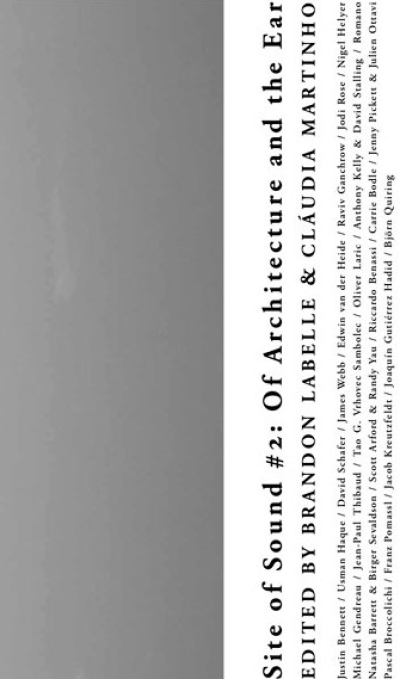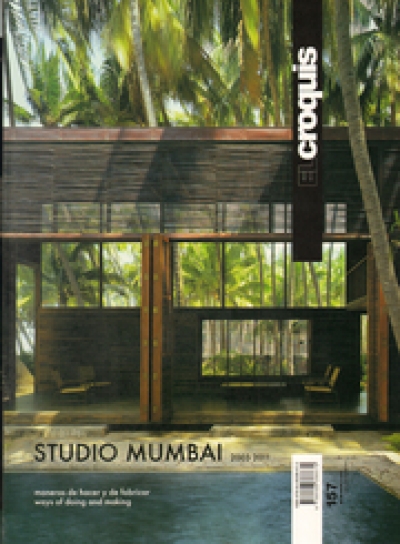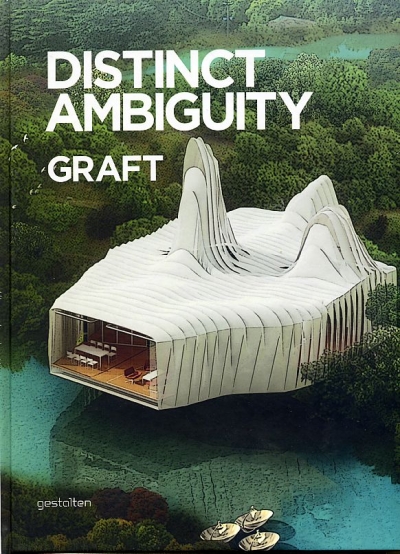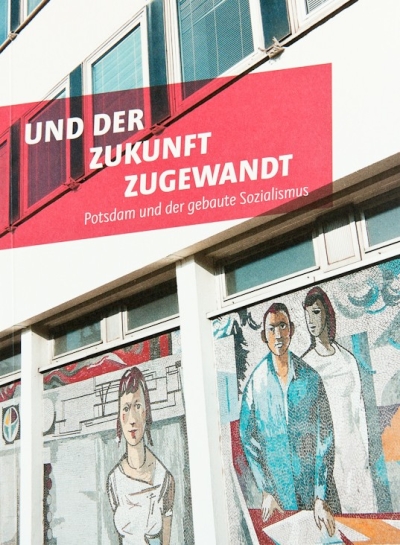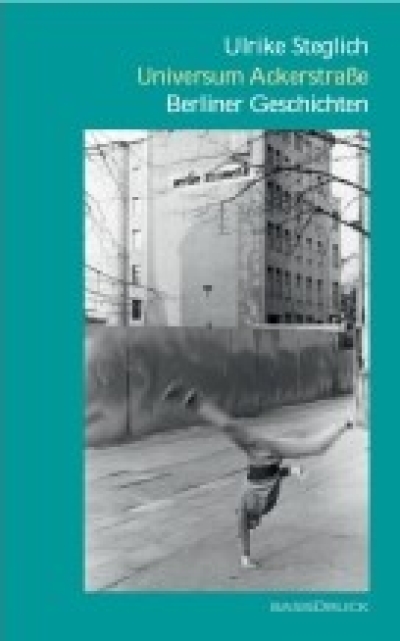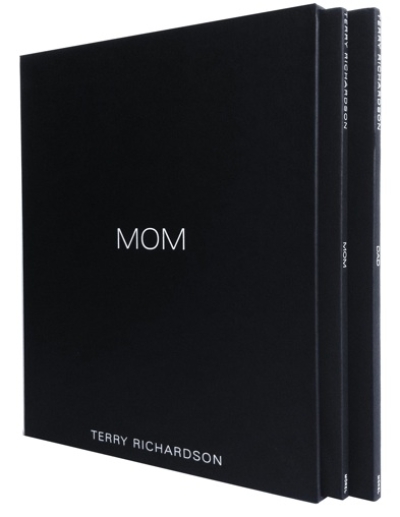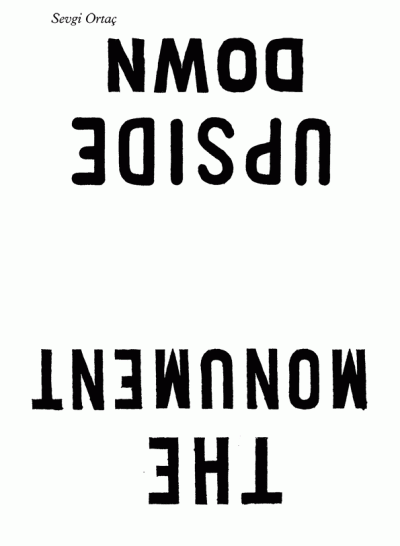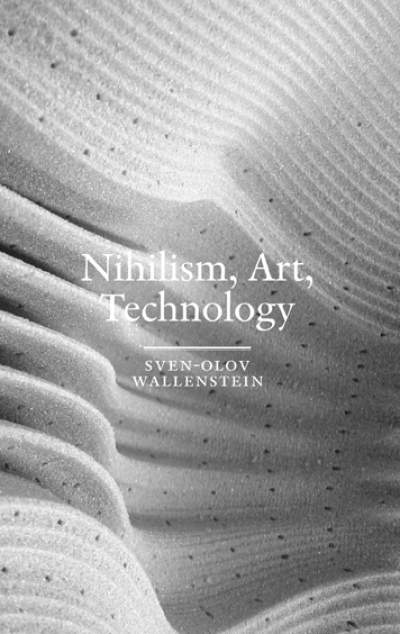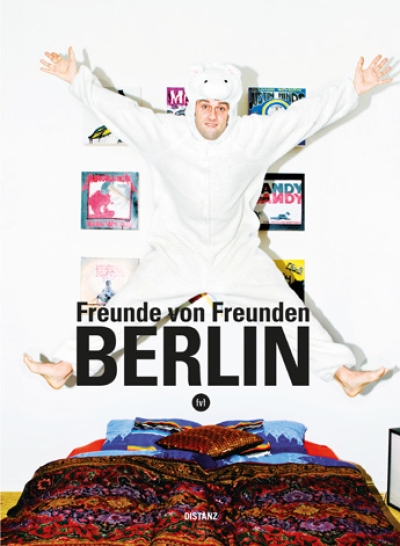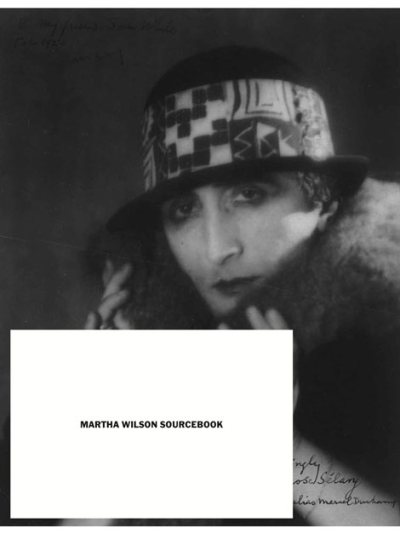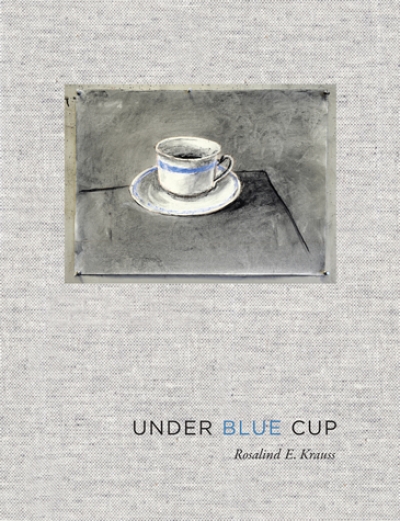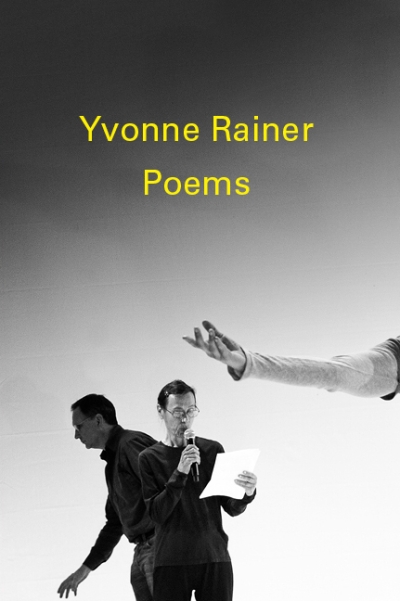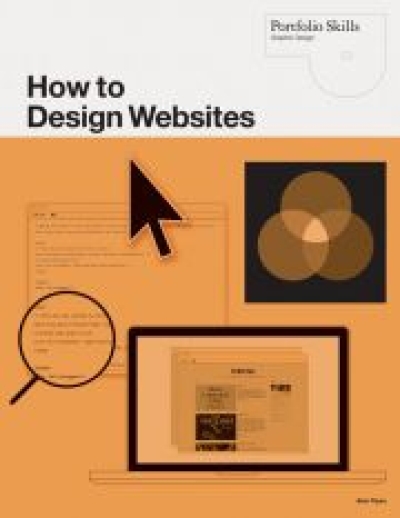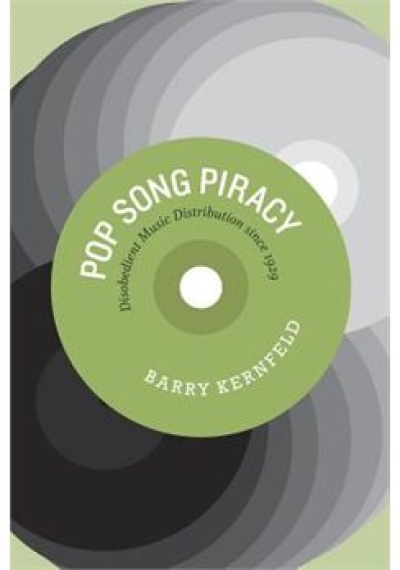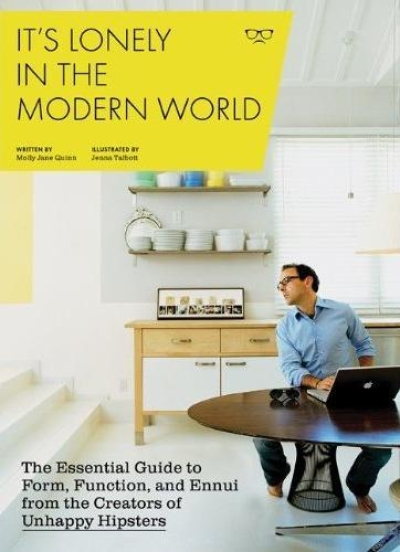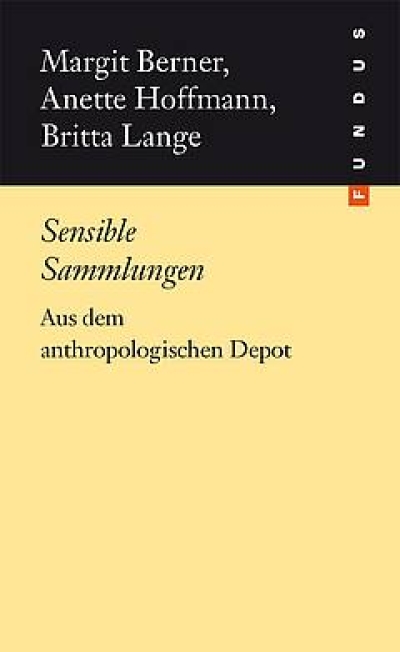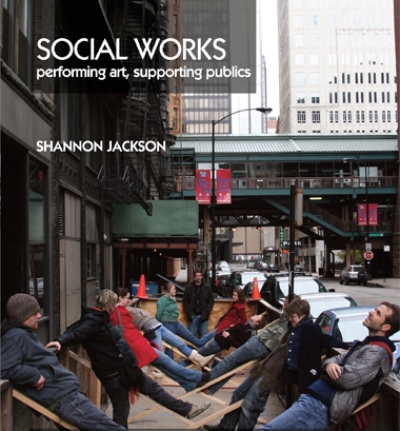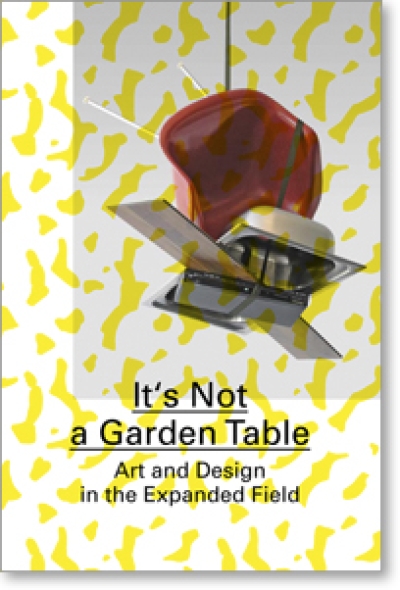
IDEA 400. Graphic Design Recollections & Records: Design Archives as a Creative Resource
Archiving—the act of preparing the past for future use through the organization of material and works collected and stored carefully—has been spearheaded throughout Japan mainly by art museums, museums, and university libraries. There has been a growing interest in archiving in the areas of culture and art. This has accompanied the wave of digitization and emergence of media art seen since the early 2000s, and has led to the emergence of businesses and organizations dealing in archival digitization, spurring deliberation on better ways to build and make use of enhanced creative databases.
Although poster collections and private archives of designers and artists who supported the dawn of modern design exist in museums across Europe and the United States, few parallels exist in Japan, and in many of those cases, there are no systems established at these design museums and design archives to make their stored resources available to the public. If we assume that the true purpose of an archive is to exist as an accumulation of useful, applicable wisdom, many design archives do not fall into this category: their major hurdle being lack of accessibility. Implementing a more accessible archive makes it possible to cultivate the historicized, systemized soil of design history for design research and criticism, which would lead directly to sowing the seeds of new creative activities. By extension, this will most certainly lead to regular harvests of wisdom that could cultivate better understanding of the resources collected and stored.
With this outlook in mind, this issue’s feature will introduce graphic design archives within Japan, including progressive examples. Though there are differences in the disposition and scale of materials in poster archives, individual designer archives, exhibition PR material archives, and typeface related material archives, we hope the feature—a record of the voices of those actually involved in archiving—will offer readers a chance to revisit the familiar issue of preserving design records. In addition, the latter half of this issue’s feature contains contributions and interviews offering a broader sense of archives in general. These have been compiled as topics that at some point may connect with future discussions, such as archival information from inside and outside Japan used in the field of historical research, how archival collections are perceived in an information-driven society, and the merit of paper media archives. The pages within this issue also contain a complete set of all IDEA cover designs from the very first all the way up to issue 399. It’s both an investigation into what an archive actually is, and also an enjoyable archive of IDEA itself.




